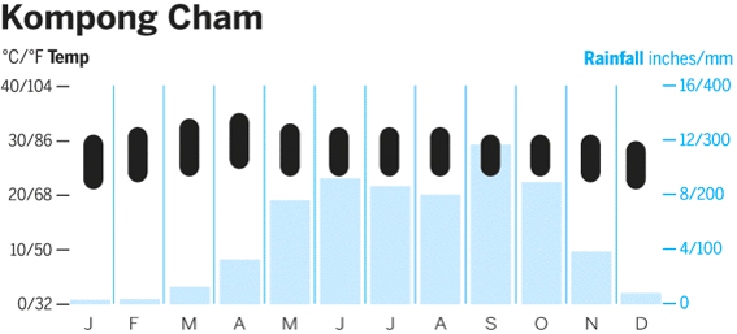Travel Reference
In-Depth Information
Eastern Cambodia
POP 6 MILLION / AREA 68,472 SQ KM
Why Go?
Home to diverse landscapes and peoples, the 'Wild East' shatters the illusion that the coun-
try is all paddy fields and sugar palms. There are plenty of those in the lowland provinces,
but in the northeast they yield to the mountains of Mondulkiri and Ratanakiri Provinces,
where ecotourism is playing a huge role in the effort to save dwindling forests from the
twin ravages of illegal logging and government-issued land concessions.
Rare forest elephants and vocal primates are found in the northeast, and endangered
freshwater Irrawaddy dolphins can be seen year-round near Kratie and Stung Treng. Thun-
dering waterfalls, crater lakes and meandering rivers characterise the landscape, and
trekking, biking, kayaking and elephant experiences are all taking off. The rolling hills and
lush forests also provide a home to many ethnic minority groups, known collectively as
Khmer Leu (Upper Khmer) or
chunchiet
(ethnic minorities).
When to Go
Sep-Oct
Mondulkiri is particularly beautiful as blooming wildflowers colour the land-
scape.



